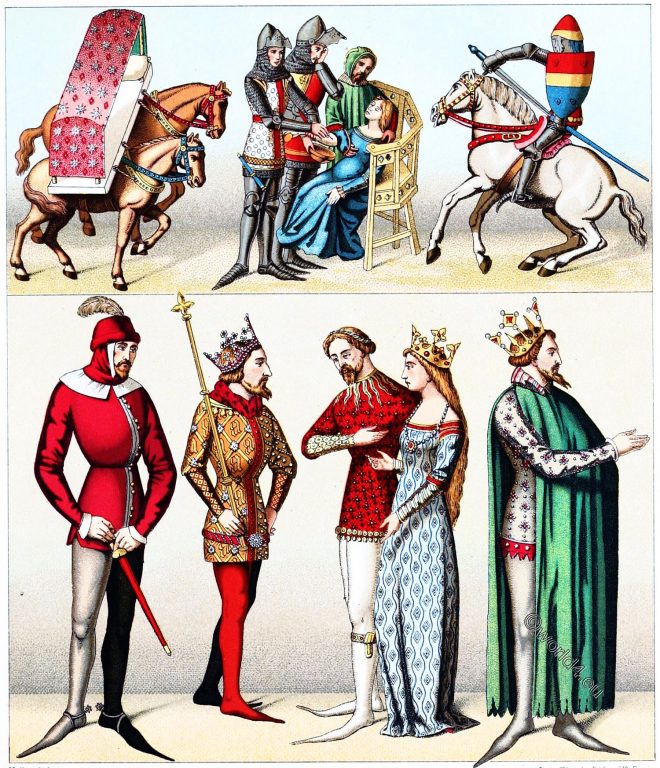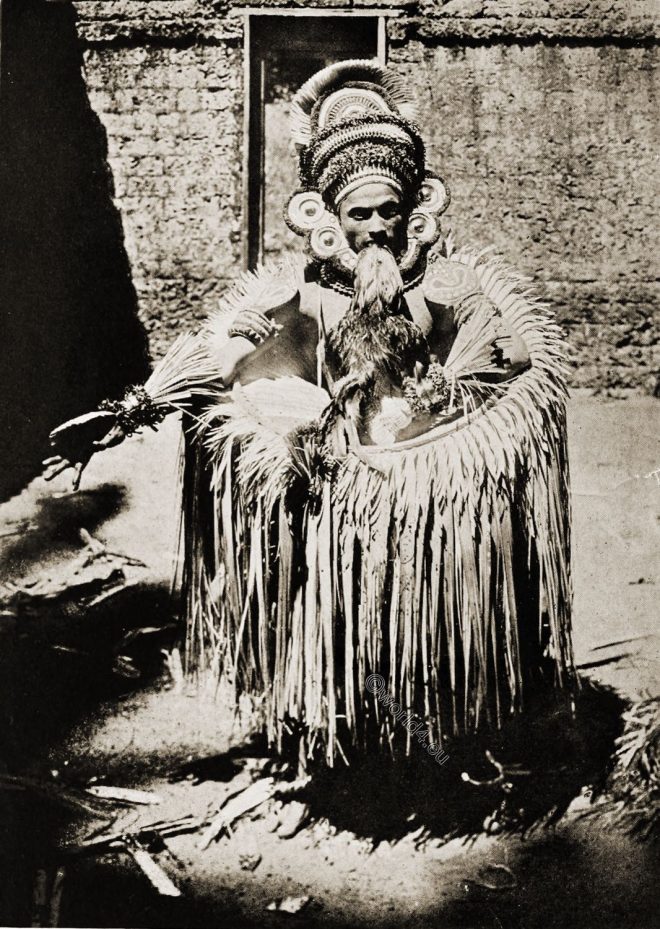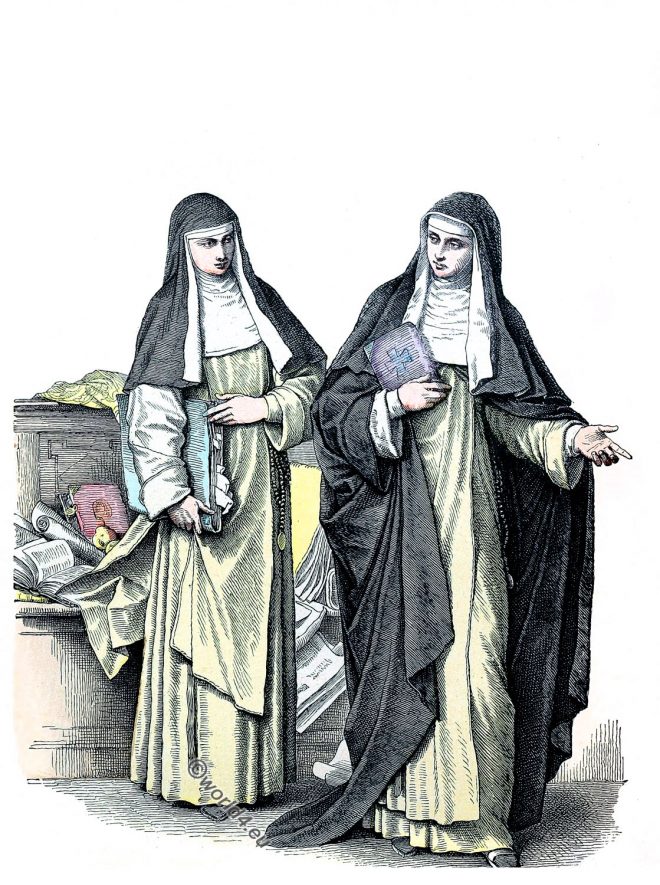Egyptian home appliances. Household utensils. The amphora, vases, vessels. Boxes of ointments and perfumes. The styles of the shovels.
Tag: Customs
Medieval civil and war costumes of Italy, France and England. The Litter.
The close costume of the 14th century. Knights and squires habit of dressing. The footwear. The main piece of clothing for women at that time was the cotte hardie, a close-fitting, short-sleeved skirt, which made the body shapes stand out plastically.
The Illuminati and their era. Imitations of Illuminism. Freemasonry.
The Illuminati and the Freemasons. Freemasonry and the French Revolution. The Order of Perfectibilists.
Omens and superstitions of southern India. Magic and Magicians.
Omens and superstitions of southern India by Edgar Thurston. Magic and Magicians. Exorcists and devil – dancers. The practice of magic.
Types of nuns. Habit of different orders. Ecclesiastical Monastic orders.
Female religious habit at the end of the eighteenth century. Nuns who live according to the Rule of St. Augustine, St. Dominic, St. Benedict and of Saint Angela Merici.
Vampires and Vampirism. Living Vampires. History of Vampires.
THERE is, however, the living vampire, distinct and separate from the dead species.
Paper Streamers placed on graves. Old Chinese Customs.
Buddhist and Confucian beliefs differ on souls’ knowledge of their afterlife resting places.
Pilgrimages and the sacred hills of Buddhism in China.
Pilgrimages and the sacred hills of Buddhism in China.
China. Paper-house burnt for the benefit of the dead.
In Ngan-hwei, paper-houses are burnt to convey necessities to the deceased, a persistent ancient custom.
Variegated dress known as that of the “hundred families”.
In China, a tradition involves creating a child’s dress from begged cloth pieces to invoke blessings and protection, known as “Peh-kia-i.”










